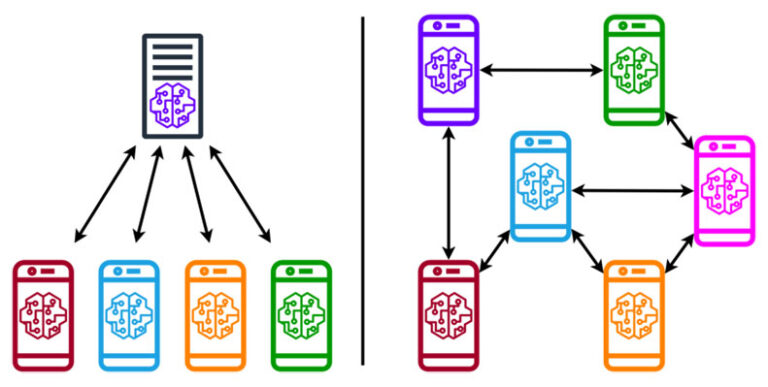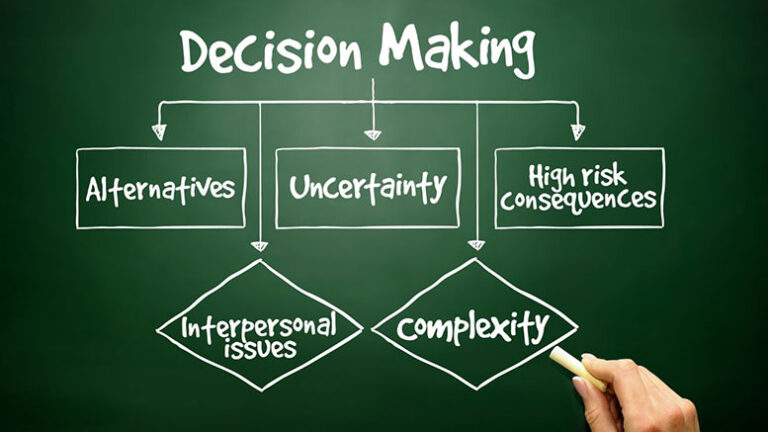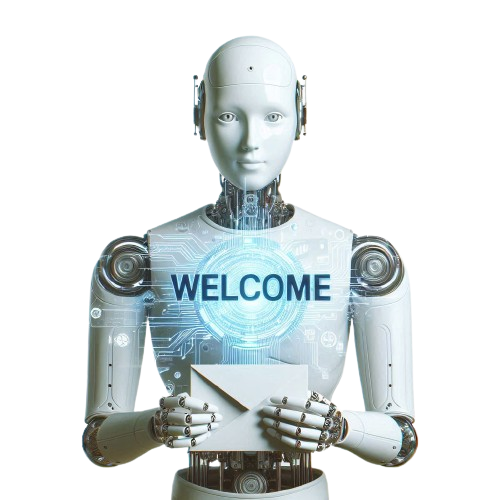Algorithmic Bias
Table of Contents
One concerning issue that has emerged in recent years is algorithmic bias. This bias occurs when algorithms produce results that are systematically prejudiced against certain groups of people, leading to unfair and discriminatory outcomes.
In this article, we will explore what algorithmic bias is, why it happens, and its implications for society.
What is Algorithmic Bias?
Algorithmic bias refers to the systematic and unfair discrimination that occurs when algorithms make decisions that disproportionately harm or benefit certain groups of people. This bias can manifest in various ways, such as in the form of biased search results, discriminatory advertising, or unfair lending practices. One of the main reasons why algorithmic bias occurs is due to the data used to train these algorithms.
When algorithms are trained on biased or incomplete data, they are more likely to produce biased outcomes. For example, if a facial recognition algorithm is trained primarily on images of white faces, it may struggle to accurately identify faces of people of color. This can have serious consequences, such as leading to wrongful arrests or unfair treatment by law enforcement.
Types of Algorithmic Bias
There are several types of algorithmic bias that can arise in different contexts. Some common types of bias include:
1. Selection bias: This occurs when the data used to train an algorithm is not representative of the entire population, leading to skewed results.
2. Confirmation bias: This occurs when algorithms reinforce existing stereotypes or biases by prioritizing certain types of information over others.
3. Group bias: This occurs when algorithms treat individuals from certain groups differently based on factors such as race, gender, or socioeconomic status.
4. Temporal bias: This occurs when algorithms are trained on data that is outdated or no longer relevant, leading to inaccurate results.
The Impact of Algorithmic Bias
Algorithmic bias can have far-reaching implications for society, affecting everything from job opportunities to access to essential services. For example, biased algorithms used in the hiring process can perpetuate discrimination against marginalized groups, leading to disparities in employment opportunities.
Similarly, biased algorithms used in the criminal justice system can result in harsher sentencing for certain groups, perpetuating racial disparities in the justice system.
Furthermore, algorithmic bias can also lead to issues of privacy and surveillance. For example, biased algorithms used in facial recognition technology can infringe on individuals’ privacy rights and lead to unwarranted surveillance of certain groups.
This can have chilling effects on free speech and expression, as individuals may fear being unfairly targeted by law enforcement or other authorities.
Addressing Algorithmic Bias
Addressing algorithmic bias requires a multi-faceted approach that involves stakeholders from various sectors, including policymakers, technologists, and civil society organizations.
One key step in addressing algorithmic bias is ensuring that algorithms are transparent and accountable. This means that the decision-making processes of algorithms should be explainable and auditable, so that biases can be identified and corrected.
Furthermore, it is important to diversify the teams that develop and test algorithms to ensure that a wide range of perspectives and experiences are taken into account.
By including individuals from marginalized groups in the design and testing of algorithms, we can help mitigate the risk of bias and ensure that algorithms are fair and equitable for all.
Conclusion
Algorithmic bias is a complex and pressing issue that has significant implications for society. By understanding the causes and consequences of algorithmic bias, we can work towards developing more fair and equitable algorithms that benefit all members of society.
It is crucial that we continue to advocate for transparency, accountability, and diversity in the development of algorithms to ensure that they align with our values of fairness and justice.
Only then can we truly harness the power of algorithms for good and create a more inclusive and equitable future for all.




